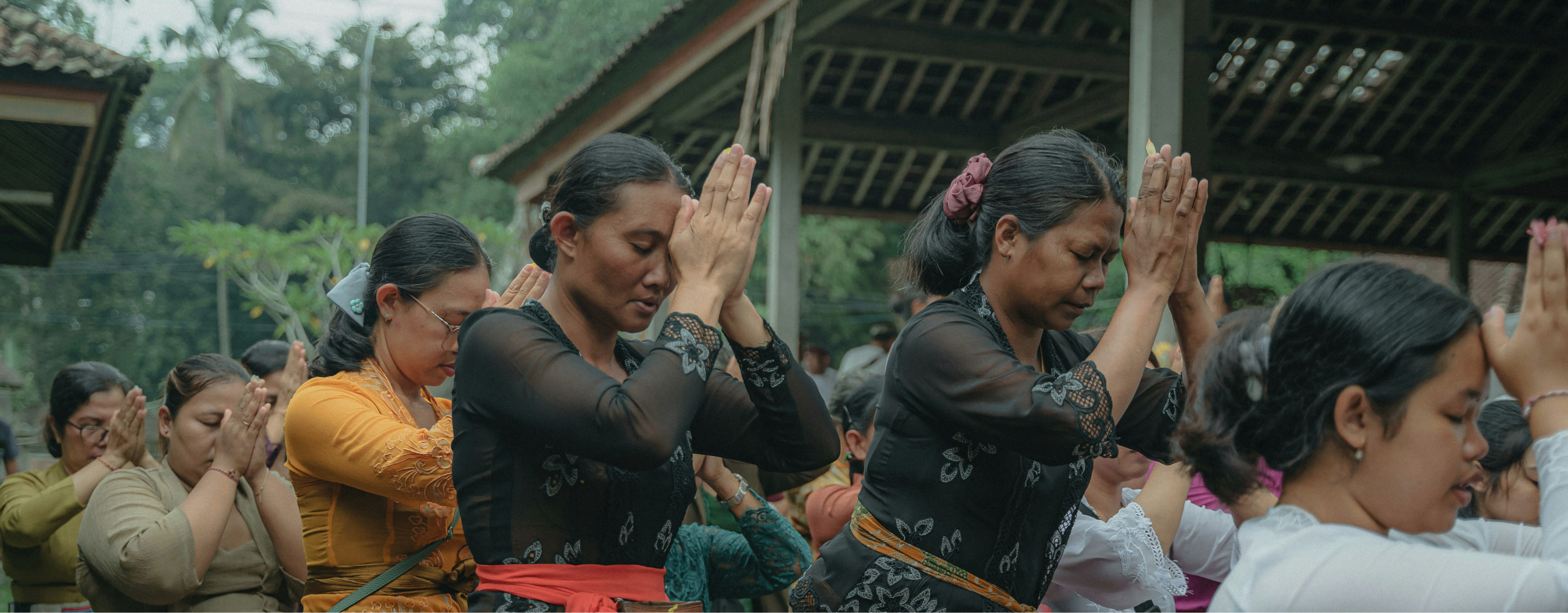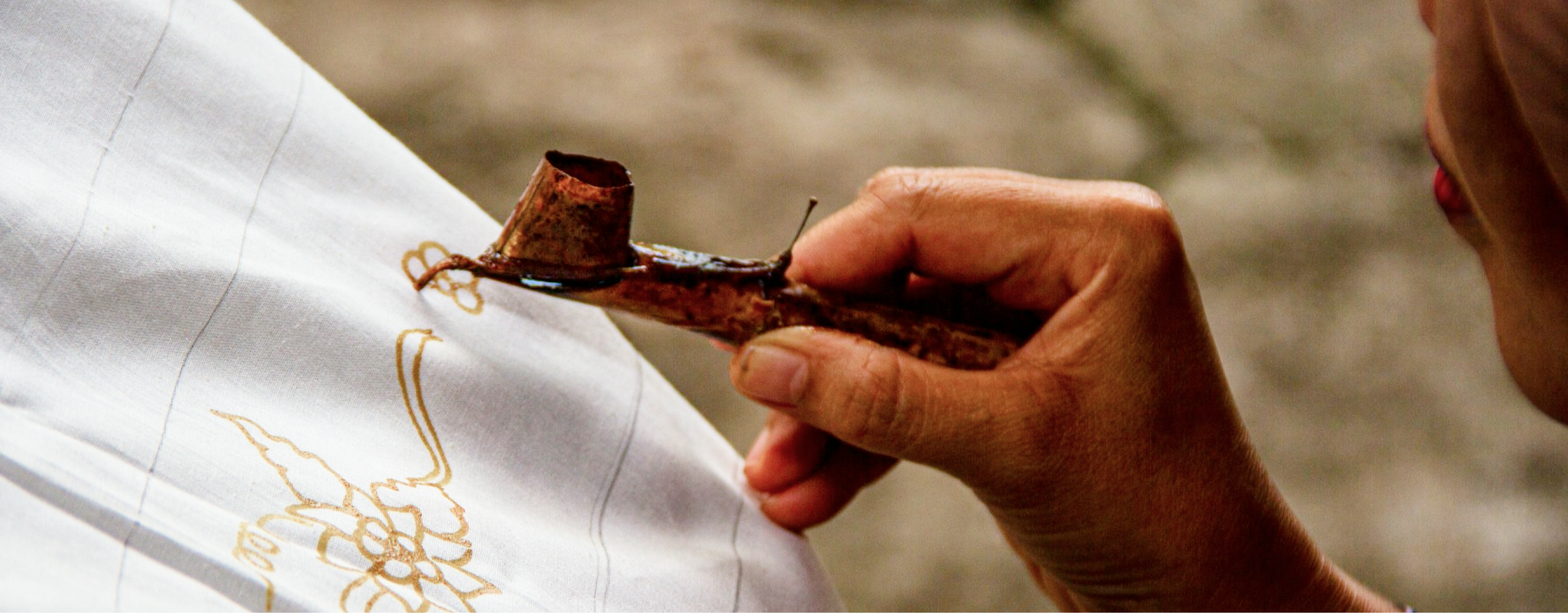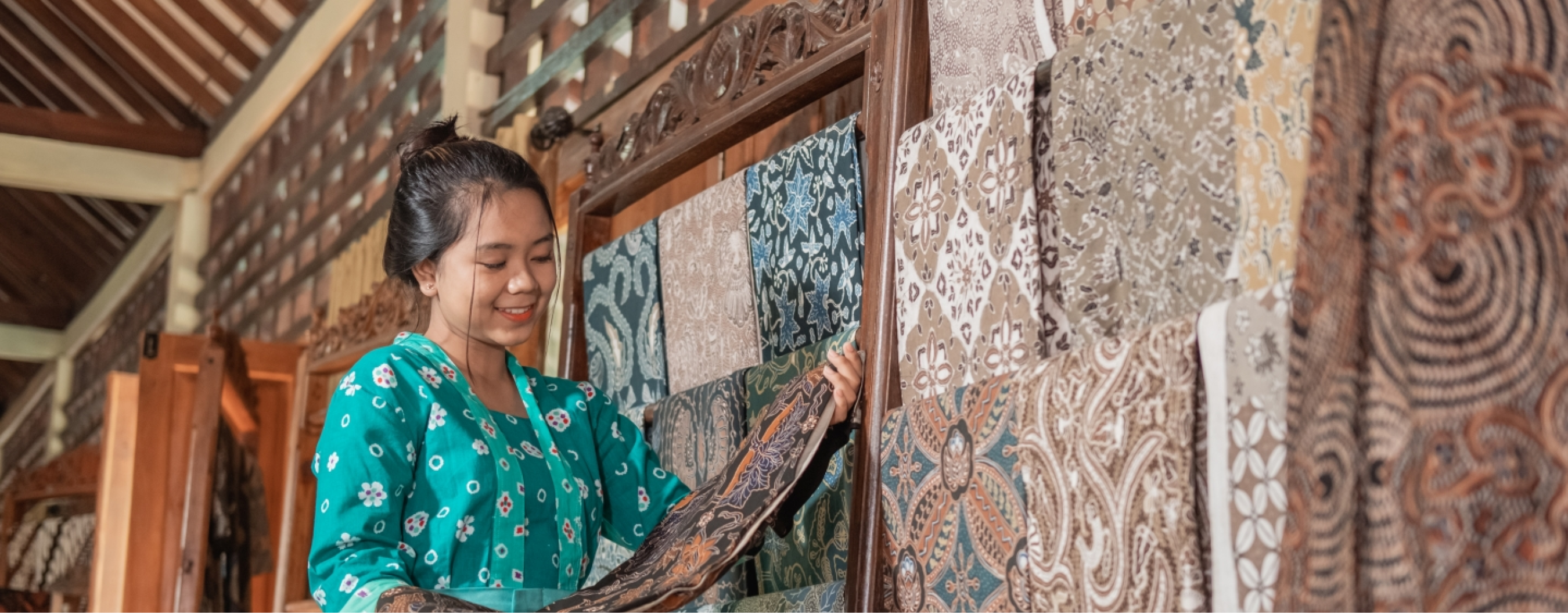
From Ritual to Runway: The Timeless Creation of Indonesian Batik
Photo by Krisna Yuda on Unsplash
In the vast tapestry of world textiles, Indonesian batik holds a distinctive thread of intrigue and reverence, weaving together cultural tradition with artistic expression. As a textile that has transcended generations, the creation of batik was not solely an artistic endeavor but a deeply embedded cultural ritual, resonating with spiritual significance and societal values. Understanding the genesis of batik offers not only a glimpse into its intricate beauty but also into the soul of Indonesia itself.
The history and the origin to batik itself can be traced back to centuries ago and to other civilizations. Indonesia was once an important trade region to other nations such as The Middle East, India and China. So the traditions, cultures and arts of Indonesia were heavily influenced by those countries. Assimilated into Indonesian cultures, making Indonesia a huge melting pot where cultures, traditions and arts were absorbed, and batik is one of the products of the assimilation process.

Photo by Polina Kuzovkova on Unsplash
Batik in Indonesia has been known since the era of Majapahit Kingdom, and was popular in the 18th century. At that time, the batik produced was written bati, until entering the 20th century. Meanwhile, the stamped batik was recognized after the World War 1. The inception of batik in Indonesia can be traced back to the island of Java, where it burgeoned over centuries into a symbol of cultural identity.
Originally, batik was more than just a method for decorating cloth; it was a meditative practice, seen as a way to impart the wearer with spiritual power and protection. The intricate designs and motifs often carried symbolic meanings, ranging from beliefs about the cosmic to directives about life transitions such as marriage and birth.

This meticulous art involves drawing designs on fabric using a canting, a pen-like instrument filled with hot wax that resists dyes. The process, requiring profound patience and steady hands, reflects a philosophical core rooted in the Javanese concept of 'halus', translating to refinement and subtlety. The colours and patterns used in traditional batik also signify social status and regional identities, illustrating a complex language of visual codes that has evolved with the archipelago’s history.
Today, while modern techniques have simplified some of the process, the traditional methods still revered by artisans serve as a link to the past, bringing with them the weight and wisdom of ancestors. The creation of batik was, and continues to be, a profound narrative of Indonesian resilience and creativity. It is a testament to the philosophical depth, communal values, and aesthetic precision that characterise Indonesian culture. Batik is not merely a fabric; it is a canvas of historical endurance, spiritual belief, and national pride.



Leave a comment
This site is protected by hCaptcha and the hCaptcha Privacy Policy and Terms of Service apply.